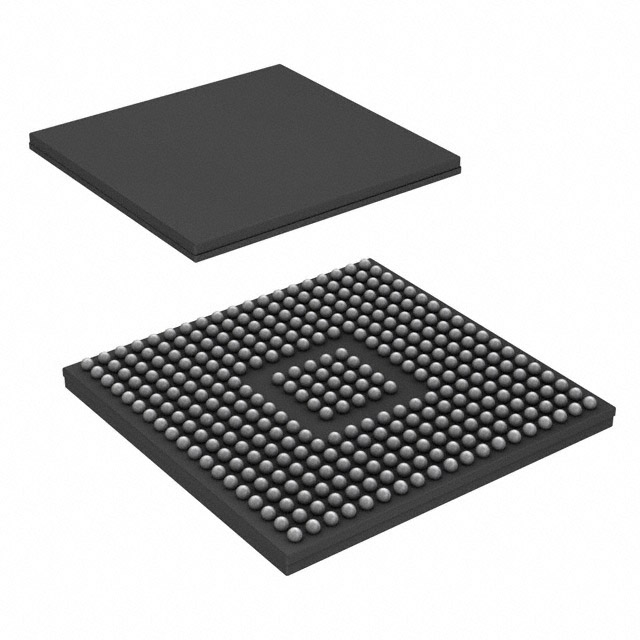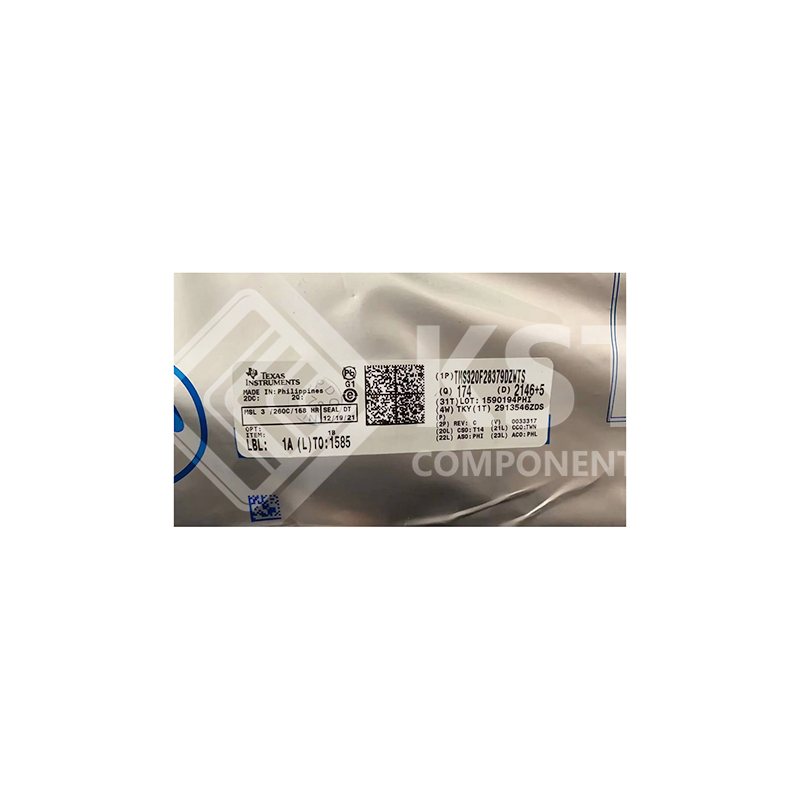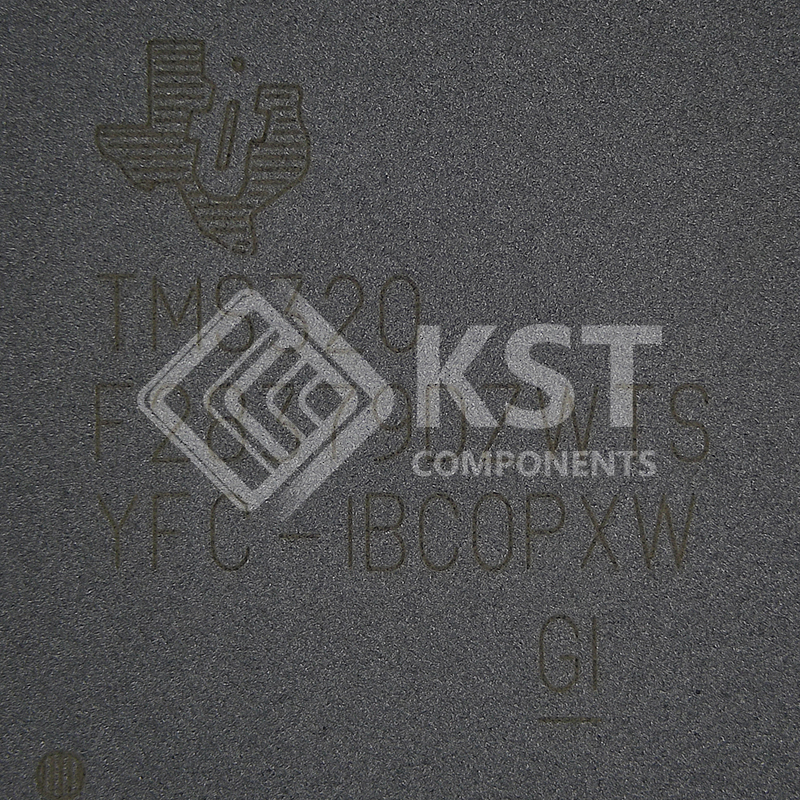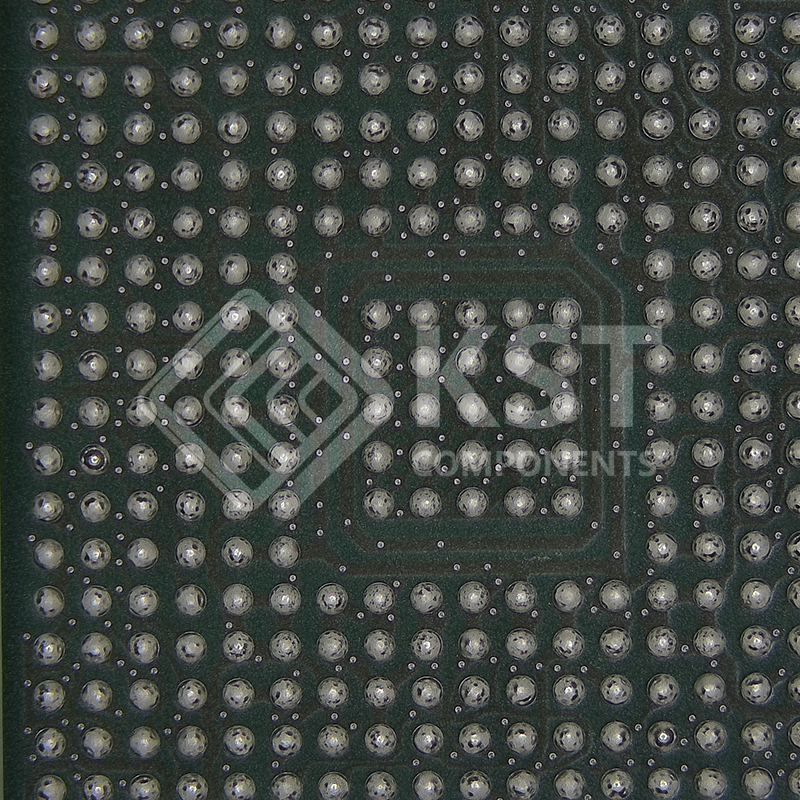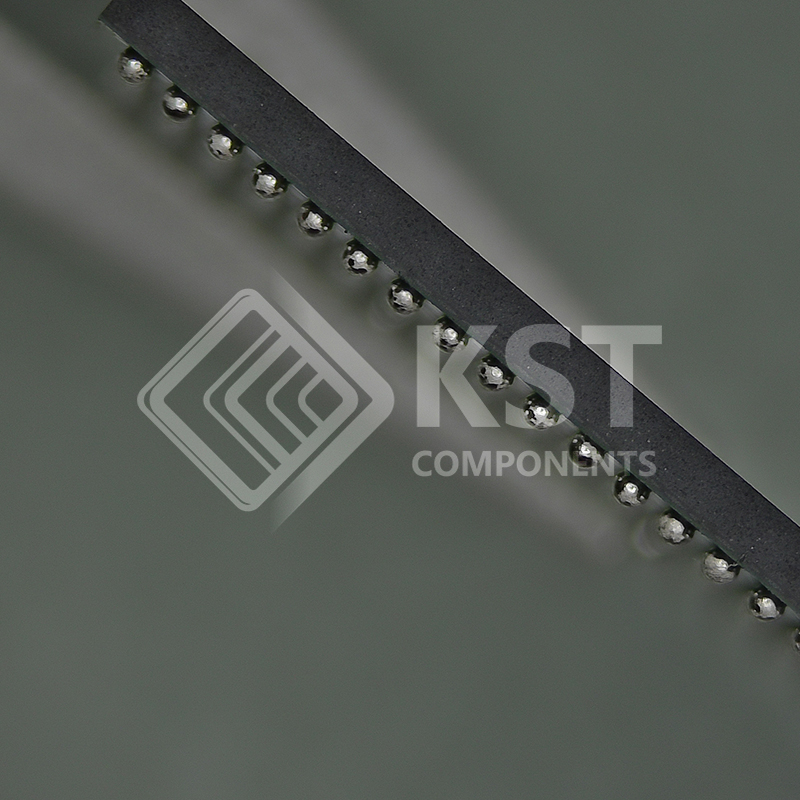• Dual-core architecture
– Two TMS320C28x 32-bit CPUs
– 200MHz
– IEEE 754 single-precision Floating-Point Unit
(FPU)
– Trigonometric Math Unit (TMU)
– Viterbi/Complex Math Unit (VCU-II)
• Two programmable Control Law Accelerators
(CLAs)
– 200MHz
– IEEE 754 single-precision floating-point
instructions
– Executes code independently of main CPU
• On-chip memory
– 512KB (256KW) or 1MB (512KW) of flash
(ECC-protected)
– 172KB (86KW) or 204KB (102KW) of RAM
(ECC-protected or parity-protected)
– Dual-zone security supporting third-party
development
– Unique identification number
• Clock and system control
– Two internal zero-pin 10MHz oscillators
– On-chip crystal oscillator
– Windowed watchdog timer module
– Missing clock detection circuitry
• 1.2V core, 3.3V I/O design
• System peripherals
– Two External Memory Interfaces (EMIFs) with
ASRAM and SDRAM support
– Dual 6-channel Direct Memory Access (DMA)
controllers
– Up to 169 individually programmable,
multiplexed General-Purpose Input/Output
(GPIO) pins with input filtering
– Expanded Peripheral Interrupt controller (ePIE)
– Multiple Low-Power Mode (LPM) support with
external wakeup
• Communications peripherals
– USB 2.0 (MAC + PHY)
– Support for 12-pin 3.3V-compatible Universal
Parallel Port (uPP) interface
– Two Controller Area Network (CAN) modules
(pin-bootable)
– Three high-speed (up to 50MHz) SPI ports (pinbootable)
– Two Multichannel Buffered Serial Ports
(McBSPs)
– Four Serial Communications Interfaces (SCI/
UART) (pin-bootable)
– Two I2C interfaces (pin-bootable)
• Analog subsystem
– Up to four Analog-to-Digital Converters (ADCs)
• 16-bit mode
– 1.1MSPS each (up to 4.4MSPS system
throughput)
– Differential inputs
– Up to 12 external channels
• 12-bit mode
– 3.5MSPS each (up to 14MSPS system
throughput)
– Single-ended inputs
– Up to 24 external channels
• Single Sample-and-Hold (S/H) on each ADC
• Hardware-integrated post-processing of
ADC conversions
– Saturating offset calibration
– Error from setpoint calculation
– High, low, and zero-crossing compare,
with interrupt capability
– Trigger-to-sample delay capture
– Eight windowed comparators with 12-bit Digitalto-Analog Converter (DAC) references
– Three 12-bit buffered DAC outputs
• Enhanced control peripherals
– 24 Pulse Width Modulator (PWM) channels with
enhanced features
– 16 High-Resolution Pulse Width Modulator
(HRPWM) channels
• High resolution on both A and B channels of
8 PWM modules
• Dead-band support (on both standard and
high resolution)
– Six Enhanced Capture (eCAP) modules
– Three Enhanced Quadrature Encoder Pulse
(eQEP) modules
– Eight Sigma-Delta Filter Module (SDFM) input
channels, 2 parallel filters per channel
• Standard SDFM data filtering
• Comparator filter for fast action for out of
range
• Configurable Logic Block (CLB)
– Augments existing peripheral capability
– Supports position manager solutions
• Functional Safety-Compliant
– Developed for functional safety applications
– Documentation available to aid ISO 26262
system design up to ASIL D; IEC 61508 up to
SIL 3; IEC 60730 up to Class C; and UL 1998
up to Class 2
– Hardware integrity up to ASIL B, SIL 2
• Safety-related certification
– ISO 26262 certified up to ASIL B and IEC
61508 certified up to SIL 2 by TUV SUD
• Package options:
– Lead-free, green packaging
– 337-ball New Fine Pitch Ball Grid Array
(nFBGA) [ZWT suffix]
– 176-pin PowerPAD™ Thermally Enhanced LowProfile Quad Flatpack (HLQFP) [PTP suffix]
– 100-pin PowerPAD Thermally Enhanced Thin
Quad Flatpack (HTQFP) [PZP suffix]
• Hardware Built-in Self Test (HWBIST)
• Temperature options:
– T: –40°C to 105°C junction
– S: –40°C to 125°C junction
– Q: –40°C to 125°C free-air
(AEC Q100 qualification for automotive
applications)



